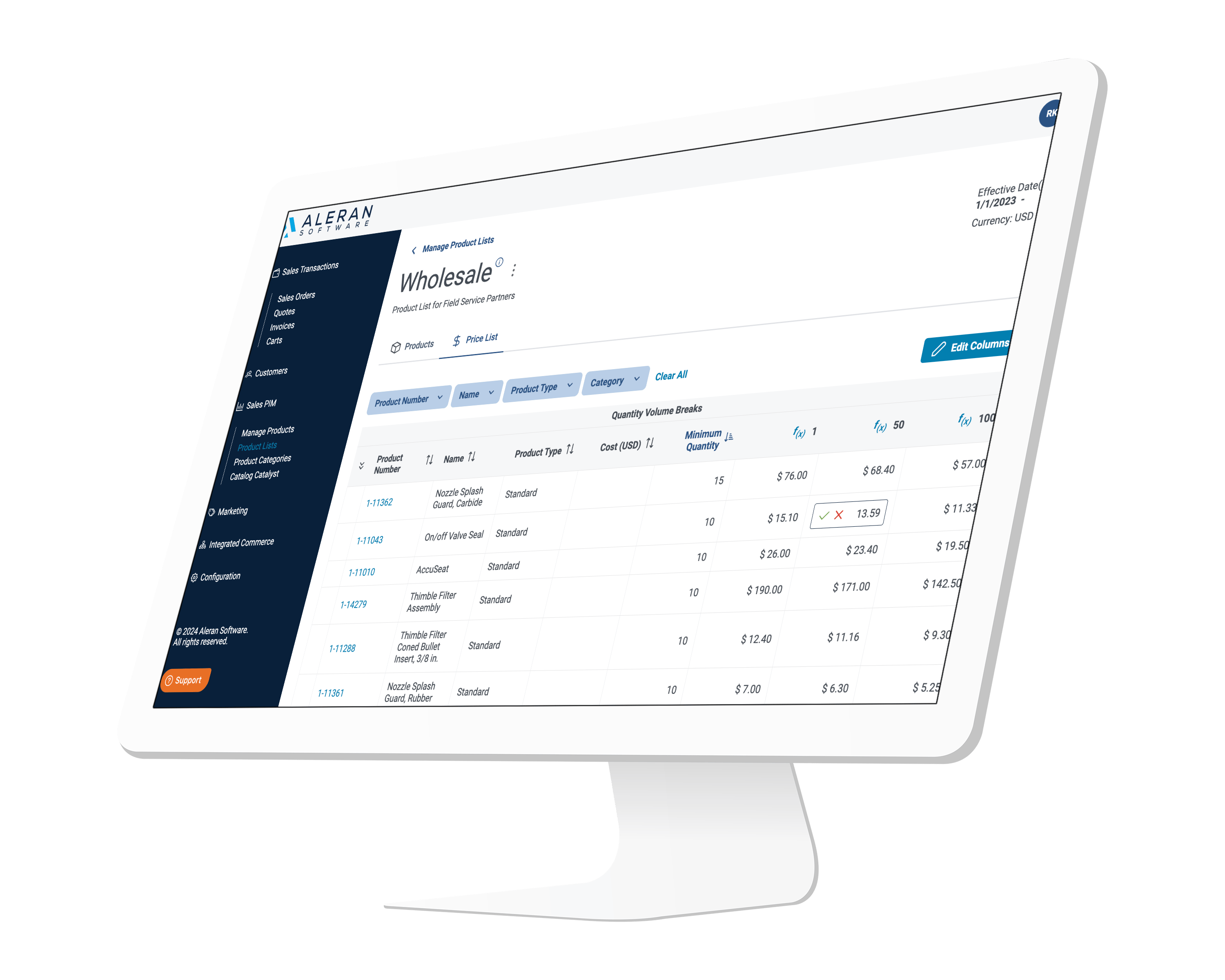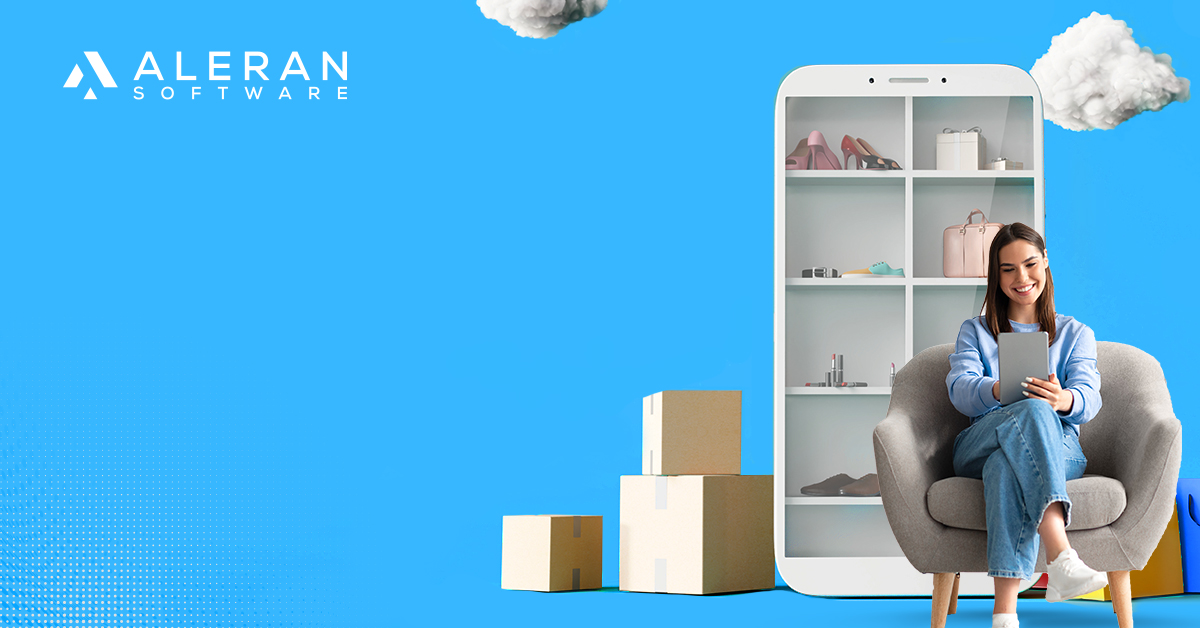When was the last time you were at the grocery store getting ready to pay, when the check-out line crawled to a halt because the person in front of you busted out their checkbook to pay for their items?
Chances are the sighting of a check being written out in the wild is about as likely as spotting Big Foot shopping those same aisles.
Commerce has evolved, with an increasing number of payment methods and transaction types designed to streamline processes and make the lives of customers and businesses easier. In fact, the E-commerce market is projected to hit nearly $850 billion next year. And of this astounding market, whose size would have seemed unthinkable just a few years ago, almost half will be composed of transactions in the so-called Mobile Commerce, or M-commerce, space.
M-commerce refers to any transaction using a mobile device, such as a phone, tablet, or even a watch. Considering that most individuals now have a phone on them at all times, it makes sense that traditional credit cards and cash-based transactions would evolve to take place almost entirely on our smart devices.
The M-commerce market continues to grow in 2022, and certain trends quickly become apparent as we look at how the nation’s leading retailers adapt to meet the needs of mobile commerce. In the following article, we’ll examine the benefits of M-commerce, as well as the different types of transactions that exist, including their relative market share.
Keep reading to get the scoop.
The M-Commerce Difference
We’ve identified four key benefits of M-commerce that have shaped its increased exposure in the modern marketplace. One of the main reasons M-commerce has become increasingly commonplace is thanks to advances in security that have made these transactions as secure, if not more so, than the kinds of transactions we often take for granted.
From a consumer standpoint, traditional transactions suffer from one critical flaw that mobile transactions don’t: namely, they hinge on a physical something, either cash, check, or credit card, that can be physically stolen or tampered with.
Yes, a phone can be stolen as well, and there are inherent risks with malware, spyware, and the like. But a stolen phone still requires a password, touch, or facial identification to crack, and it’s incredibly easy to report the theft and limit the bad actor’s ability to initiate transactions using your financial details.
From a business standpoint, mobile transactions come with a baseline level of security that can’t be matched. All financial details can be encrypted at all parts of the journey, and because the business can’t see the individual’s financial details, you don’t have to worry about the additional security ramifications of storing the customer’s financial details, even temporarily. Another factor that’s played into the rise of M-commerce is its sheer convenience.
We carry smart devices everywhere, and over time, more and more amenities that used to take up valuable physical real estate have migrated over to our phones. Everything from government-issued driver’s licenses to movie tickets can be stored there. Because they live in the cloud, they can’t be lost, they’re secured from theft, and you can retrieve them at any time without having to fill a purse or wallet full to bursting. Tied intrinsically to convenience is mobility, specifically from the business’s standpoint. A Point-of-Sale (POS) system that lives in the cloud and on your Smartphone can go anywhere. It’s not tied to a physical cash register in a retail location. If you can take your phone with you, you have the means to set up an impromptu outlet for your business.
This has been a boon for businesses that set up shop at farmer’s markets, craft fairs, in food trucks, and the like, even the Apple store where employees’ phones can take payments. A dedication to mobile transactions, coordinated with a small till for cash transactions that still take place, can bring dividends for businesses thanks to the increased mobility that’s afforded.
And if you’re purely an e-commerce entity? Then that mobility is already baked into your DNA, and you can reap the rewards immediately. Last but not least, M-commerce provides visibility into transaction records for both business and consumer.
For the consumer, they have an electronic stamp of the transaction they can immediately use to calculate their remaining monthly budget, see what and where they’re spending their money, and reference as a receipt if necessary.
For a business, the automation aspects of M-commerce create confidence in your accounting. You know what your numbers are because they’re all right there, showing your top sellers, the taxes you’re paying, and your shipping costs. The details are available for consulting if you ever need to initiate a refund or look up the information for any reason whatsoever.
Now that you’ve seen the benefits of mobile transactions, let’s look at the three primary forms these transactions will take. This is probably the most common type of M-commerce, and the version that’s been around the longest.
This involves a setting such as a grocery store, department store, or any kind of retailer where you would expect to see a traditional cash register. Those cashiers are posted to a particular spot, complete with a standard POS system set up to accept all manner of transactions.
The M-commerce part of things comes in when an individual elects to pay for their purchase or service using a mobile device. This is a scenario where a person taps the button on the side of their iPhone or Android and then lifts it to the credit card processor and keypad. The phone initiates a transaction as if it were a regular credit card, albeit with additional encryption and security measures.
This is basically the opposite of the scenario outlined above.
Mobile retailers are an increasingly common sight, but that doesn’t mean that all consumers are ready and willing to fully make the transition to mobile commerce. In such situations, it can be beneficial to accept traditional forms of payment.
A credit card input via keypad or by swiping or tapping is a good example of this. The consumer is still using the traditional means of payment, and the mobile retailer is easily able to accept the payment even though they themselves have gone mobile.
But it may not even be a credit card transaction. A food truck that accepts payment via cash as well as mobile would fall into this category, as would any retailer that’s willing to accept checks as a form of payment.
One area that’s traditionally been resistant to this kind of transaction, but has largely had to adapt as a result of the pandemic, is in the restaurant industry. It’s become increasingly common to see a waiter or waitress come around with a mobile device to initiate payment, and the customer can use a credit card to accept the charge and leave a tip.
This is also the type of retail transaction that occurs on e-commerce websites when the customer uses a desktop computer rather than a phone or app to conduct their business. Yes, it’s still all-digital, even if the individual is inputting their credit card information, but the lack of a mobile device categorizes it differently. All-digital does not necessarily mean all-mobile.
These scenarios are still forms of M-commerce, because the POS system and the business itself are being utilized on mobile devices. But they aren’t the true endform of m-commerce, which brings us to our final category. M-commerce in its truest form is any transaction that occurs purely on mobile devices.
It’s what happens when a POS system is on a phone or tablet, and the customer uses their phone or tablet to execute payment. Typically, these transactions are much faster than any traditional transaction could ever be, as all it takes is a quick facial scan or 4-digit code, followed by a wave near the other device in order for the transaction to process.
The area of perhaps largest growth in the mobile-to-mobile M-commerce space is in transactions using apps like Venmo, Zelle, and others. Although this mostly began in the consumer-to-consumer space, with people paying each other for gifts, IOUs, and an endless array of other things, many businesses, small businesses especially, have gotten in on these apps too. It’s not uncommon to pay your landscaper, contractor, or any other provider of goods or services via Venmo. This would have been unheard of just a few years ago, and now it’s just as common, if not more so, than writing a check.
Another example of fully mobile transactions is any exchange of money that takes place on a mobile app. Rather than go to a website or a physical store, more and more people are moving those stores completely to their phones. Purchasing a product is as simple as opening the app and perusing a selection.
Some transactions even take place within app ecosystems that don’t seem inherently transactional by nature. Think about free-to-play games that utilize microtransactions, or subscription services that slyly nudge you to pay more for the next subscription tier.
All of these are forms of M-commerce, and this mobile-to-mobile market is the area set to experience the most explosive growth in the coming years.
Those business owners, entrepreneurs, and industry leaders willing to explore their opportunities stand to gain immensely, while those who insist on focusing only on traditional means of transactions risk being left behind.
If you’d like to bring your business into the M-commerce space, Aleran can enable you to take the steps necessary to succeed. Whether you’re a B2C or B2B company, we can help you create a custom experience that’s flexible and can work as a standalone or integrate into your current platforms so you can win over customers, on mobile devices, or anywhere else.
Contact us today.




